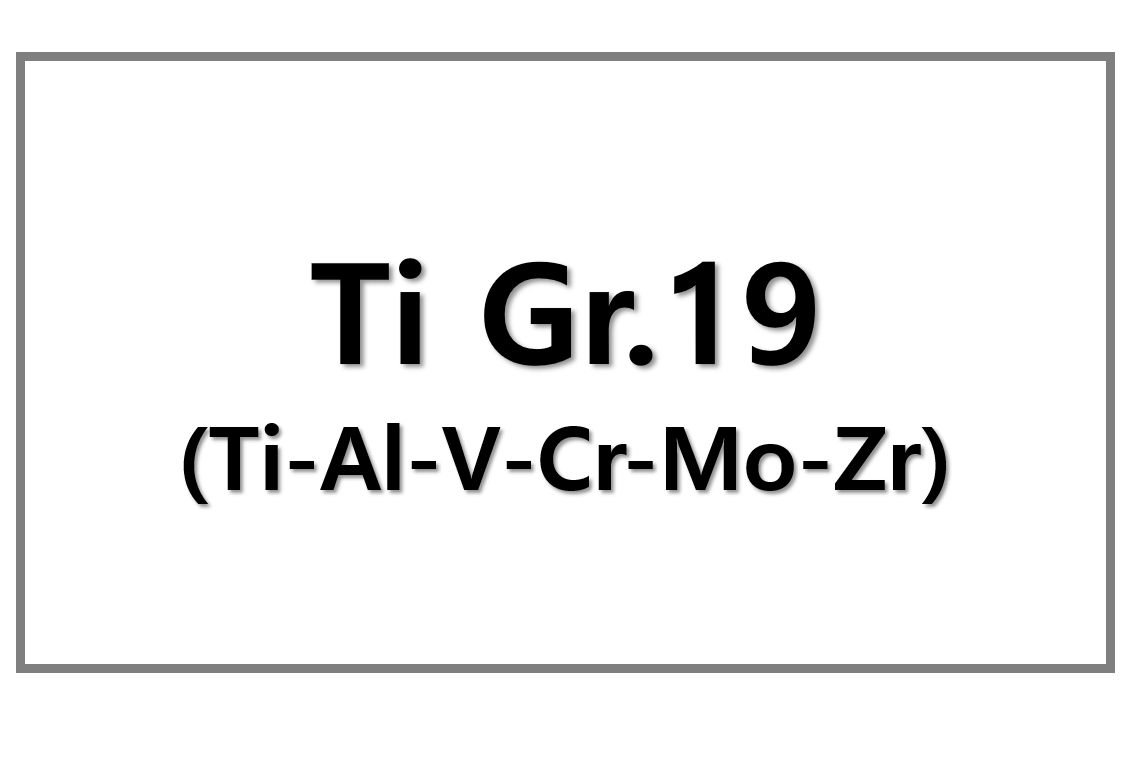
ECB Approaches Neutral Interest Rate, Emphasizes Gradual Cuts
Isabel Schnabel, a key member of the European Central Bank’s (ECB) Executive Board, stated the ECB is nearing a neutral interest rate range between 2-3%, advocating for gradual interest rate cuts. Schnabel rejected market expectations of rapid rate reductions, emphasizing flexibility to respond effectively to future economic shocks and geopolitical uncertainties.
“We are now getting closer to neutral territory,” Schnabel explained, stressing the ECB’s cautious approach. Rapid moves into lower interest rates, she warned, would reduce the ECB’s capacity to respond effectively if economic instability arises.
Persistent Inflation and Wage Pressures
Inflation remains a significant challenge, especially in the services sector, with current rates near 4%. Schnabel indicated this level poses risks to achieving the ECB’s 2% inflation target by 2025. She stressed that wage growth, notably in Germany, must moderate further to prevent additional price increases.
Energy and food prices remain volatile, adding uncertainty to inflation dynamics. However, Schnabel expressed confidence that the broader disinflationary trend is progressing as expected, contingent on controlled wage growth.
Geopolitical Risks: Potential Return of US Tariffs
The possible return of US trade tariffs under a renewed Trump administration presents another major concern. Schnabel highlighted that tariffs could have mixed effects on European inflation: increased import costs coupled with reduced demand due to changing trade dynamics.
Germany and other export-driven European economies face heightened vulnerability to these trade risks. Schnabel warned that uncertainty surrounding US trade policies could weaken investment and consumer confidence, potentially destabilizing Europe’s economic landscape.
Eurozone Faces Economic Stagnation
Recent economic indicators, including the November Purchasing Managers’ Index (PMI), reveal a significant contraction in European business activities, particularly in Germany and France. While certain sectors like housing demonstrate signs of stabilization, broader economic stagnation persists.
Despite these challenges, Schnabel noted stronger-than-anticipated consumer spending in the third quarter, suggesting consumption could still support economic growth.
Importance of Flexibility in Monetary Policy
Given current geopolitical tensions and market volatility, Schnabel underscored the importance of flexibility in ECB’s monetary policy decisions. She advised against rigid forward guidance, emphasizing that the present economic uncertainty requires a cautious and adaptable approach to interest rate changes.











Leave a Reply
You must be logged in to post a comment.